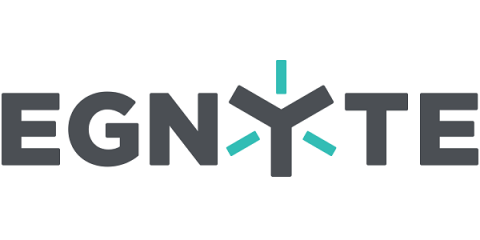Building a Better Workflow - Procore and Egnyte for the Construction Industry
Egnyte For Procore from Egnyte on Vimeo The construction industry is a field that requires a tremendous amount of collaboration. On any given day, a superintendent or foreman will read, revise, and share project-specific drawings, RFIs, submittals, change orders, and photos. With Egnyte and Procore, project managers can now review, revise, share, and approve of any needed documents captured by foremen and superintendents.


